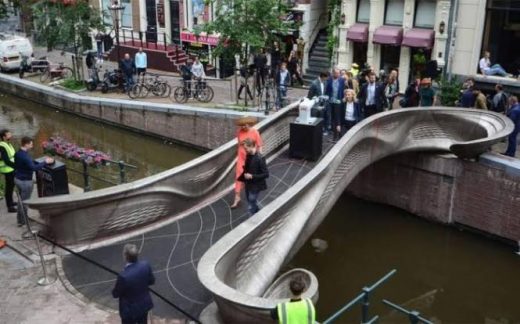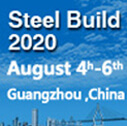By
Mr. S.L. Ghorpade
Under the guidance of Prof. A.B. Shendge
Dattakala Group of Institutions Faculty of Engineering, Swami – Chincholi (Bhigwan).
Abstract- The construction of tunnel is important for different purposes. They can be constructed for railways, roadways, pedestrian footways and can be built in hard rock, soft ground, river bed and are also used to convey Hydroelectric power, water stream, or as a sewer. The construction of Diversion Tunnel, Pressure Shaft, and Tailrace Tunnel to convey water is considered in this project. To identify Scheduling of different activities by various methods Network Diagram, C.P.M., P.E.R.T. and their cycle time is calculated. Scheduling for different activity is carried out with the help of Network Diagram & Primavera Software will be carried out in a project stage II. Study of Estimation for a Diversion Tunnel, Pressure Shaft, and Tailrace Tunnel by both methods. Excavation in heading and benching, Rock bolt support work, lining work is considered for cycle time and cost estimation calculation in Diversion Tunnel, Pressure Shaft, and Tailrace Tunnel. Estimation is also carried out by two methods. The comparison of two methods adopted for excavation work and estimation will be carried out in a project stage II.
Keywords- Scheduling, C.P.M., P.E.R.T., Gantt chart, Network Diagram, Estimation, Heading, Benching, Cycle time, Lining, Rock Bolts, Diversion Tunnel, Pressure Shaft, Tailrace Tunnel.
Read More
























hi ! i love civil studying in nit calicut civil eng.
i am the student of civil engineering this is very good site very useful to all civil engineers.plz help me about Foundation types.1 shallow & deep type. thanks
when the breadth of a foundation exceeds it’s depth, it will be a shallow foundation. if depth exceeds more than breadth/width, it’s a deep foundation
what did you want to ask??
I want the tutorials of column,
i’m about to complete my btech from jntu in 2011 may,with aggregate of 64%. learnt courses autocad 2d&3d, stadpro and quantity surveying. looking for a god job can any one help me please..
how to construct rr masonry wall,
CAn any one tell me the load bearing capacity of 0.8 mm thick plain and corrugated GI sheets.
please suggest some projects on irrigation for btech final year students………..
canels nd bridges spilways,slrb,dlrb.
am a student of civil engineering, i specialize in structure (structural eng.) pls help me with tutorials on column, column base, foundation and the detailing…….. thank for favourable response..
am a student of final year civil engineering ,m working on final project “investigation of ruts and potholes on highways” if any one give some related stuff.
I luv this site thank you but could you send me the information about drawing plan section and elevation
section are those drawings which shows that cutting detail of building & other stricture.and elevation is only view of drawing
plan means is to draw a single line which shows the total view of the building…,Section means it cutting view suppose a builiding have a room it cut in half the room wat will appear that to draw that is the section….,Elevation means it is front view of the building or a structure….’
i wanna find the a lesson about lateral, coulomb, rankine. main is the relate about them….
be explain..
Can you provide me the chemical contents and its proportion of corrosion resistant steel
Hi
i am the student of civil engg and i want to write JE or AE exam…i dont know about the requirements to write that exams..kindly anyone help me
Hii ..i m civil enginnering graduate,pls suggest me a good book on Reinforecement and steel which will have subjects basics & fundamentals.
for reinforcement-RCC design by shusheel kumar, and 4 steel-design of steel structure by R. Ramantham
hello Deveshri
for RCC use ramamrutham
for steel structures use duggal
these r the basic books that u can refer
No doubt Civil Engineering is mother of Engineerings. And we, Civil Engineers, are lucky that we are Civil Engineers.
i want know about hydraulic engineering
Hi, I’m working as a Civil Engineer in a reputed firm in Mumbai. I wanted to know whether there is any course available for billing? If yes, pl let me know where is it available in Mumbai.
Thanks.
Qustion… .. .? ? ?
Any one tell me please about the Branches of civil engineering which is that Marine Engineering & Timber Engineering…..!!!
marine engineering means its constructed in water like SEA..,
nice awais,
i myself is a marine structural engineer
marine engineering branch is nothing but simply ports and harbour structures.
in this branch u will learn another subject called wave hydrodynamics,beause ultimately ur structure will be in sea.
hi friends….i completed my diploma in civil engg and now i m doing engineering…i proud to be an civil engg.. we r creating a world… civil is the first steps of any engg… U know the full of of civil….Creativeness is very important in life………..
I wanna be rollercoster engineer. please guide me //////??